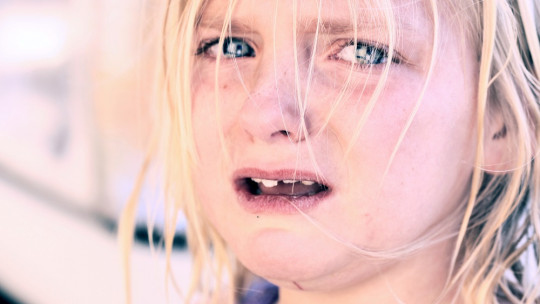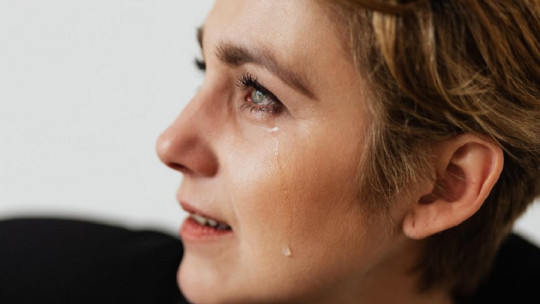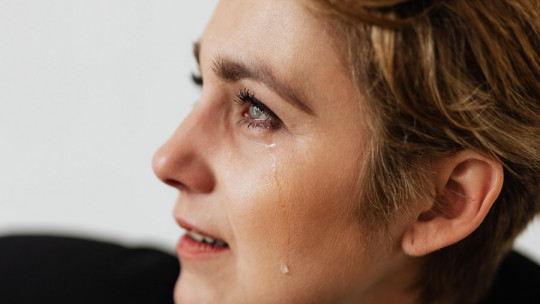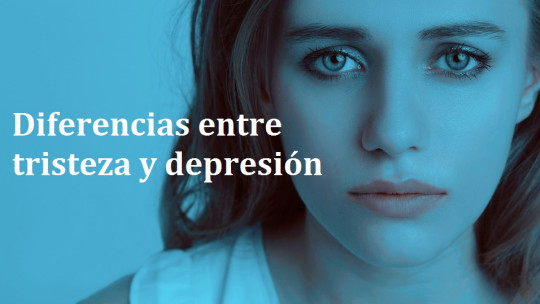
All human beings who have normal psychophysiological functioning (within the average) will have cried and will do so multiple times throughout their lives. In fact, when a baby is born it is the first thing expected of him and the first sign that his body is functioning correctly.
We all know that Crying is natural and what happens to us when our eyes itch or when we are sad but below we are going to ask ourselves what mechanisms and what utility are behind this.
Types of tears…
First of all, you will have to differentiate physiological tears from emotional or psychological tears
Physiological tears
The physiological tears are those that serve to protect our visual system (the eyes), there are you reflect and lubricants.
The lubricating tears They are those that originate in the cornea, clean and protect the eye from external environmental agents (dust, batteries, etc.). An amount of lubricating tears of approximately 1 ml is produced per day. The reflex tears They are those that protect from external attacks such as gases or irritating chemicals, they are those that appear when peeling an onion for example, these contain a large amount of antibodies that will protect the eye from bacterial attacks.
emotional tears
Lastly we have the emotional tears which we are going to focus on.
These appear when faced with a strong emotion, the hypothalamus intervenes in the emotional interpretation and is the one that sends the orders to the ocular organs to produce tears. According to a study (Walter & Chip, 2006) with a sample of more than three hundred people, on average Men cry by shedding emotional tears once a month, and women at least five times a month the difference between both sexes is explained by hormonal variations during menstruation.
Why do we cry when something moves us?
And what purpose does it serve to produce tears in a situation of emotional intensity? They usually occur in a painful situation, in this case secreting tears seems to have an analgesic and pain palliative function
As demonstrated by William H. Frey, a biochemist at the St. Paul-Ramsey Medical Center in Minnesota, the emotional tears that we shed when faced with a dramatic situation of our own or that of others carry with them a good dose of potassium and manganese chloride, endorphins, and prolactin out of the body. , adenocorticotropin and leucine-enkephalin (a natural pain reliever).
The brain when we cry
Furthermore, when the brain cries It uses up a large amount of glucose and when we finish doing it we feel tired and more relaxed as if we had done sports, which can promote body rest in stressful situations. Furthermore, the mere fact of crying will make us withdraw into ourselves, introspect and will allow us to cover the need to listen to ourselves and take care of ourselves for a few moments, leaving aside the other external things that concern us on a daily basis.
The social function of crying
Of course, shedding tears has an adaptive social function Very importantly, when we see others crying we know that they may need help or different treatment than usual.
Thus, if we add the biological function to the intrapersonal and relational function, shedding tears after a loss for example, will help us go through the emotion in a better way.
And why do we sometimes cry when we are happy?
When we experience an emotion of extreme joy, Our body sometimes interprets it as “excessive” and our emotional system as a loss of control In these circumstances, crying helps restore emotional balance.
What if I can’t cry when I’m sad?
Some people suffer from an autoimmune disease, Sjören’s Syndrome, in which there is permanent dryness in the tear duct
But leaving aside possible physiological problems with tear production, some people have problems crying when they have a loss or a strong emotion, usually this is accompanied by the inability to feel sadness. This can be the result of multiple causes and often has to do with a bad experience of emotional management at a certain moment (for example, having suffered severe depression or having a close person who suffers from it), through which an irrational fear of crying is triggered.
Social norms also influence in certain cultures where crying is “repressed”; in many cultures, something as natural and innate as crying is “repressed” and it is important to relearn to cry when necessary, because as mentioned a few lines above, it has multiple advantages for our emotional health.








